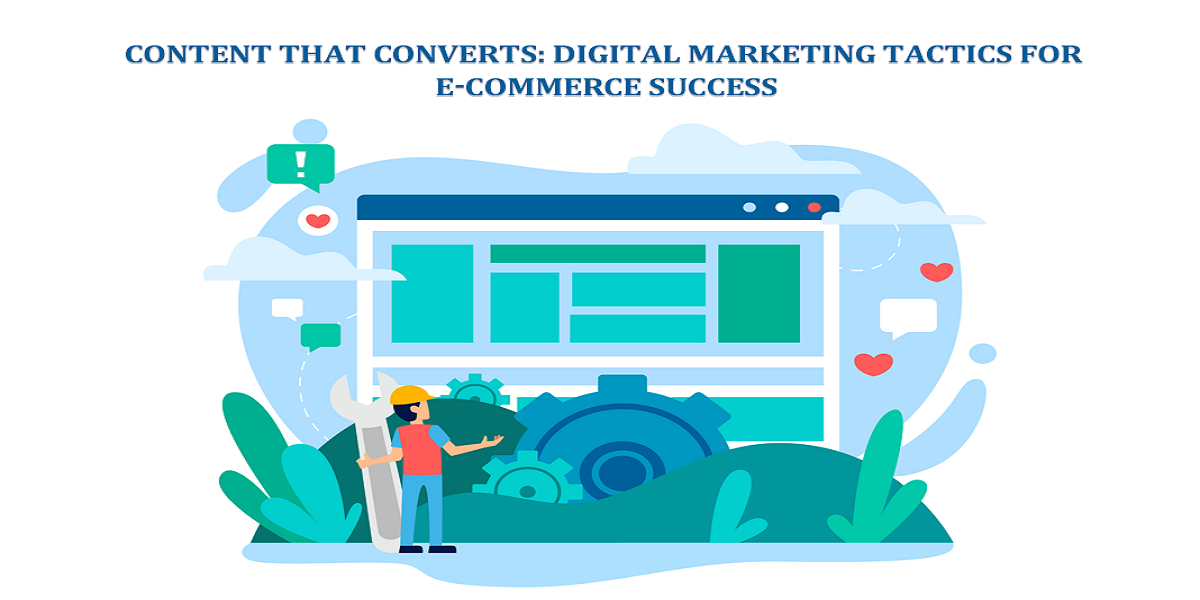.jpg)
Choosing the Right Backend Technology for Your Web and Mobile Apps.
- By Faisal Rasoli
- 16-08-2023
- Mobile Apps
Building mobile applications has become more important for both businesses and entrepreneurs in the constantly evolving world of technology. The selection of the right backend technology is an important part of application development. Your application's backend serves as its structural support, managing data processing, archiving, and user-interactive features. The performance, scalability, and success of your application may all be greatly impacted by making the proper decision in this area. For the purpose of assisting you in making an educated choice about the development of your online and mobile applications, we'll go deep into backend technologies in this post.
Understanding Backend Technology:
It's important to understand the backend concept before diving into the various backend technologies. The part of an application that lives on the server and controls data processing, database interactions, and the program's general logic is referred to as the backend, sometimes known as the server side.It works in the background and connects with the user interface on the front end, with which users interact during mobile app development.
Factors to Consider when Choosing a Backend Technology:
1) Programming Language:
One of the first decisions you'll need to make is the programming language to use for your backend. Common backend programming languages include Python, Ruby, Java, PHP, and Node.js. Each language has its strengths and weaknesses, and your choice should align with your project requirements, team expertise, and long-term goals.
-
Python:
Known for its simplicity and readability, Python is an excellent choice for rapid development and has a rich ecosystem of frameworks like Django and Flask.
-
Ruby:
Ruby on Rails, a popular framework built on Ruby, is known for its emphasis on convention over configuration, enabling quick and efficient development.
-
Java:
Java's robustness and platform independence make it a reliable choice for enterprise-level applications.
-
PHP:
Widely used for web development, PHP is known for its ease of use and integration with various databases.
-
Node.js:
Built on JavaScript, Node.js is known for its non-blocking, event-driven architecture, making it ideal for real-time applications.
2) Scalability:
Scalability is a critical consideration, especially if you expect your application's user base to grow significantly. Some backend technologies, like Node.js, are designed to handle high concurrency and real-time applications, making them suitable for scalable projects. However, other technologies may require additional effort to ensure smooth scalability, so it's crucial to evaluate your application's potential growth.
3) Database:
The database is the backbone of any application, storing and managing the data generated by users. Different backend technologies support various database options, including SQL (e.g., MySQL, PostgreSQL) and NoSQL (e.g., MongoDB, Cassandra). SQL databases offer structured data storage and are ideal for complex relational data, while NoSQL databases excel in handling unstructured or semi-structured data.
Popular Backend Technologies:
1) Express.js (Node.js):
Node.js, based on the V8 JavaScript engine, has gained significant popularity due to its ability to handle real-time applications with a non-blocking I/O model. Express.js, a minimalist Node.js framework, simplifies the development of web applications and APIs, making it a favourite among developers.
Express.js allows developers to create robust APIs with its middleware system, making it an excellent choice for building scalable and high-performance web applications.
2) Django (Python):
Python's Django is a high-level web framework that encourages rapid development and clean, pragmatic design. It follows the "Don't Repeat Yourself" (DRY) principle, reducing redundancy and ensuring maintainability.
Django's built-in admin interface and ORM (Object-Relational Mapping) make database management and operations more straightforward, and its extensive documentation and vibrant community contribute to its popularity.
3) Ruby on Rails (Ruby):
Ruby on Rails (RoR) is a full-stack web framework that emphasises convention over configuration. It simplifies complex tasks through code generation and provides an array of gems (libraries) to extend functionality.
RoR's focus on developer productivity and its convention-driven structure make it a valuable backend technology for startups and small to medium-sized projects.
4) Laravel (PHP):
Laravel, a PHP web framework, has garnered significant attention due to its expressive syntax and modern features. It provides a clean, elegant API and comes with features like Eloquent ORM, Blade templating engine, and built-in authentication.
Laravel's active community and extensive ecosystem contribute to its popularity as a backend technology.
5) Spring Boot (Java):
For Java enthusiasts, Spring Boot provides a powerful and flexible platform to build robust web and mobile applications. It simplifies the setup and configuration process and allows developers to focus on business logic rather than boilerplate code.
Spring Boot's integration with various Java libraries and frameworks, along with its modularity, makes it an excellent choice for enterprise-level applications.
6) Flask (Python):
Flask, another Python web framework, is known for its simplicity and minimalist design. It offers the essential components needed for web development without imposing any specific architecture.
Flask's lightweight nature and flexibility make it suitable for small to medium-sized applications or as part of a microservices architecture.
Advantages of Choosing the Right Backend Technology:
1) Improved Performance:
The right backend technology can lead to improved performance and responsiveness of your application. Certain technologies, like Node.js, are renowned for their non-blocking, event-driven architecture, which enables handling a high volume of concurrent requests without slowing down the application. This can result in a seamless user experience, especially in real-time applications.
2) Scalability:
Scalability is a critical factor for any application, particularly if you anticipate rapid growth in user base and traffic. Some backend technologies, such as Node.js and its ability to handle asynchronous operations, are inherently more scalable. Properly chosen technologies can ensure your application performs well even under heavy loads, preventing crashes and downtime.
3) Rapid Development:
Certain backend technologies, like Ruby on Rails and Django, emphasize convention over configuration, enabling developers to build applications quickly and efficiently. These frameworks come with a set of pre-defined conventions and utilities, reducing the need to write repetitive code and streamlining the development process.
4) Community Support and Ecosystem:
Opting for a widely-used backend technology often means having access to a large and active community. A vibrant community provides ample resources, tutorials, and forums where developers can seek assistance, share knowledge, and learn from others' experiences. Additionally, well-established technologies usually have a vast ecosystem of libraries, plugins, and extensions, simplifying the integration of third-party services and components.
5) Security:
Some backend technologies, like Java and Spring Boot, are renowned for their strong security features. These technologies often come with built-in security measures and have been tested and used in various enterprise-level applications. By selecting a secure backend technology, you can reduce the risk of vulnerabilities and data breaches, providing a safer environment for your users.
6) Cross-Platform Compatibility:
Certain backend technologies, like Node.js, allow you to use the same language (JavaScript) for both the frontend and backend development. This cross-platform compatibility can streamline the development process and enable better collaboration between frontend and backend developers, as they are familiar with the same language.
7) Flexibility and Customization:
Different applications have unique requirements, and choosing the right backend technology allows you the flexibility to customise the backend according to your specific needs. For example, Flask in Python is a minimalist web framework that provides developers with more freedom to choose the components they want to include in their application. This flexibility helps developers tailor the backend to match the exact functionality and features required, resulting in a more efficient and personalized user experience.
8) Future-Proofing Your Application:
Technology trends evolve rapidly, and a decision made today can have long-lasting effects on your application's future. By carefully selecting the right backend technology, you can future-proof your application to some extent. For example, technologies like Node.js and Python have a strong and growing community, suggesting they are likely to remain relevant and well-supported for years to come.
9) Seamless Integration with Frontend Technologies:
An essential aspect of successful application development is smooth integration between the frontend and backend. Choosing a backend technology that complements your frontend framework or library can simplify integration and ensure consistent performance. For instance, if you are using React.js for your frontend, Node.js with Express.js can be an excellent backend choice, as both use JavaScript, allowing developers to work seamlessly between both ends of the application.
Disadvantages of Choosing the Right Backend Technology:
1) Learning Curve:
Some backend technologies may have a steeper learning curve, especially for developers who are not already familiar with the language or framework. Learning a new technology takes time and effort, and this can slow down the development process initially.
2) Limited Scalability:
While some technologies are highly scalable, others may have limitations in handling large-scale applications and high traffic. Choosing the wrong technology for a rapidly growing application can lead to performance bottlenecks and may require significant re-architecting.
3) Compatibility Issues:
If your backend technology doesn't integrate well with your existing infrastructure or other services you plan to use, it can lead to compatibility issues and additional development overhead. Ensuring seamless integration between different components is crucial for a smooth and efficient application.
4) Maintainability:
Certain backend technologies may have a codebase that becomes harder to maintain as the application grows and evolves. It's important to consider the long-term maintainability of your chosen technology to avoid technical debt and future challenges for your development team.
5) Community and Support:
While a strong community can be an advantage, some emerging or niche backend technologies may lack a robust community, resulting in limited support, documentation, and resources. This can be a significant drawback if you encounter issues or need help with troubleshooting.
6) Resource Constraints:
Some backend technologies may have higher resource requirements compared to others. For instance, certain Java-based applications might consume more memory and processing power. Choosing such technologies might lead to increased hosting costs, which can be a concern for startups and small businesses with limited budgets.
7) Compatibility with Future Technologies:
Technological advancements are continuous, and newer technologies may emerge that offer better features, performance, and scalability. If your chosen backend technology lacks compatibility with future innovations, you might face difficulties in upgrading your application and incorporating the latest functionalities.
Anticipating future technology trends and assessing your backend technology's adaptability is essential to keep your application competitive and up-to-date.
8) Vendor Lock-in:
Vendor lock-in is a concern when relying on certain proprietary backend technologies or cloud service providers. If you build your application around a technology with limited portability, migrating to a different backend in the future can be challenging and costly.
To avoid vendor lock-in, it's advisable to opt for technologies with open standards and portability options, ensuring flexibility in the long run.
9) Cost Considerations:
The choice of backend technology can also impact your project's budget and expenses. Some technologies may have higher licensing or subscription costs, and hiring specialized developers for certain technologies can be more expensive.
Moreover, certain technologies might require additional hardware resources or cloud services to run efficiently, adding to the overall cost of your application development and maintenance.
Conclusion:
Choosing the right backend technology for your web and mobile app is a crucial decision that will impact your project's performance, scalability, and overall success. Consider factors like the programming language, scalability requirements, and database options to make an informed decision.
Each backend technology has its strengths and weaknesses, so understanding your project's specific needs and the team's expertise is essential. Node.js with Express.js, Django, Ruby on Rails, Laravel, and Spring Boot are all popular choices for different use cases.
Ultimately, thorough research, planning, and testing will lead you to the backend technology that best suits your application's requirements, ensuring a smooth and successful development journey.
Remember, technology trends evolve, and staying updated with the latest advancements will help you stay ahead in the competitive world of web and mobile application development.
Recent blog

How NASA Uses Web Design to Optimize User Experience in Space Control
Web Design | 03-05-2024
Content that Converts: Digital Marketing Tactics for E-Commerce Success
E-commerce | 02-05-2024.png)




